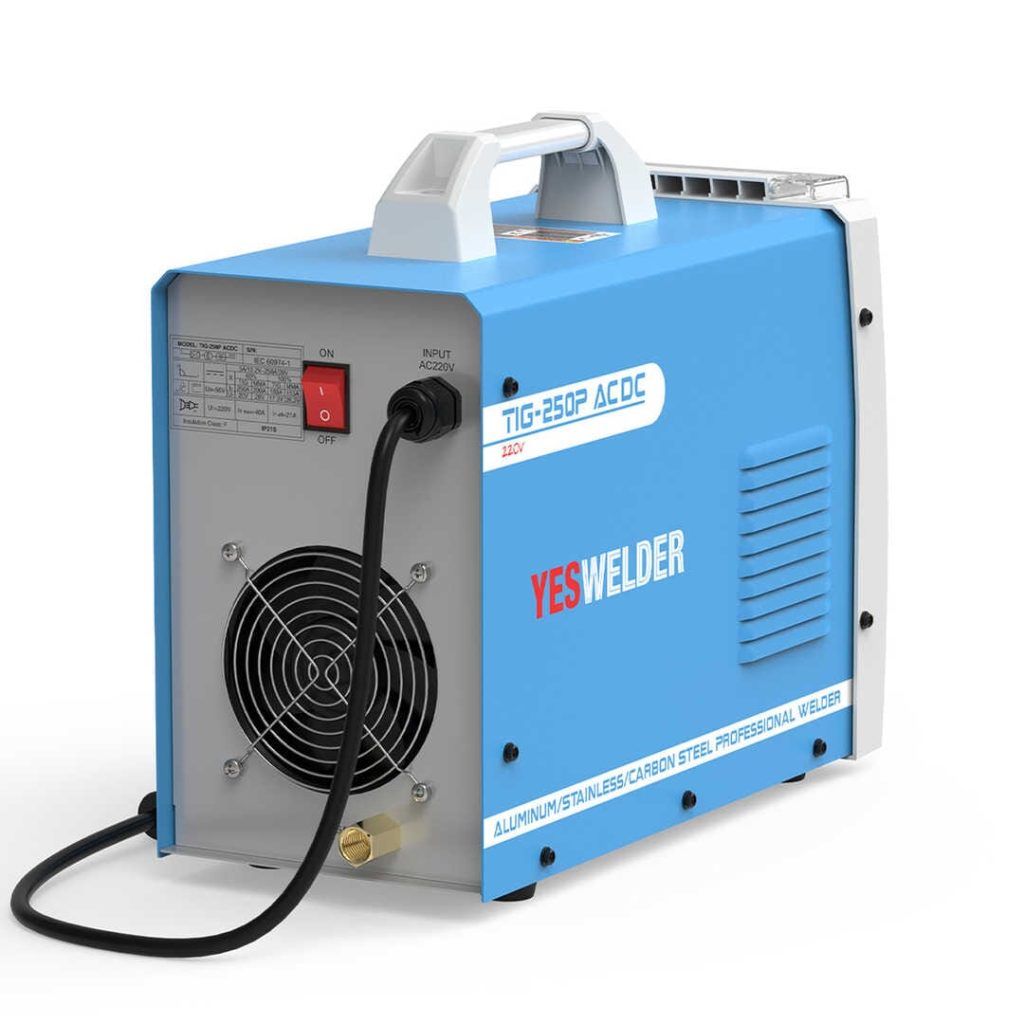Welding machines, the unsung heroes of modern industry, have undergone a remarkable transformation in recent years, setting the stage for a revolution in metal joining processes. In this article, we delve into the latest advancements in welding machine technology, highlighting the ways in which these innovations are reshaping the world of metal fabrication and construction.
- Precision and Consistency
The driving force behind the evolution of welding machines is precision. Today’s machines are equipped with cutting-edge technology that ensures welds are not only stronger but also more consistent. Computer-controlled welding parameters, laser-guided systems, and real-time monitoring have taken the guesswork out of welding, resulting in flawless and reliable connections every time.
- Efficiency and Productivity
Efficiency has become the watchword in aluminum welder 4400 $2.71 $5,967.29 1.00 welding machine design. These machines are engineered to maximize productivity while minimizing resource consumption. High-speed welding processes, automated features, and energy-efficient components are just some of the factors contributing to increased efficiency. In an era where time is money, these machines are delivering unmatched speed and cost-effectiveness.

- Sustainability as a Priority
Welding machines are now at the forefront of sustainability efforts. Manufacturers are making concerted efforts to reduce the environmental footprint of welding processes. Energy-efficient components, reduced emissions, and compatibility with renewable energy sources are all part of the sustainability equation. Welding is no longer just about joining metals; it is about doing so responsibly and sustainably.
- Operator Comfort and Safety
In the quest for excellence, welding machines have not forgotten about the welder. Ergonomics and safety are integral components of modern welding machine design. Adjustable interfaces, noise reduction, and intuitive controls have improved the operator’s working environment. Safety features, such as automatic shutdown mechanisms and integrated fume extraction systems, prioritize the well-being of the welder.
- Mobility and Versatility
In an era of rapid change and diverse welding needs, welding machines have become more versatile and mobile. Compact and lightweight designs make it possible to transport welding machines to various job sites or within large facilities. Versatility is another key feature, with machines capable of handling a wide range of welding techniques and materials.
- The Digital Revolution
The digital age has ushered in a new era for welding machines. Digital interfaces touch screens, and connectivity options have made monitoring and controlling welding processes more efficient. Some machines even offer remote access and data analysis capabilities, allowing for real-time adjustments, quality control, and process optimization.
- Artificial Intelligence Integration
Artificial intelligence AI is making its mark on welding machines. These intelligent machines can adapt to changing conditions, self-diagnose issues, and optimize welding parameters in real time. AI-driven welding machines are capable of learning and continuously improving, ensuring consistently high-quality results.
Conclusion
Welding machines have come a long way from their humble origins. Today’s machines are not just tools; they are sophisticated instruments that drive progress in metal joining processes. With a focus on precision, efficiency, sustainability, operator comfort, mobility, digital integration, and AI, welding machines are on the cutting edge of technological innovation. As we look to the future, it is clear that these machines will continue to shape our world by forging strong connections and constructing structures that stand the test of time.
